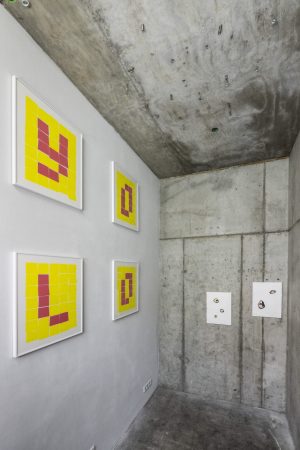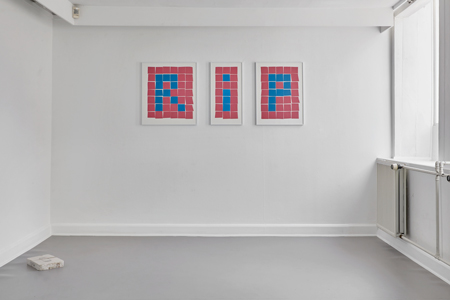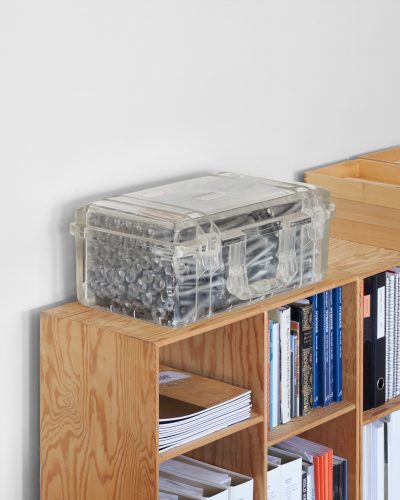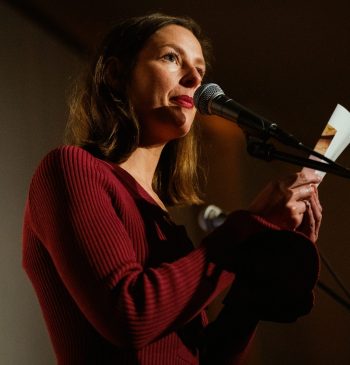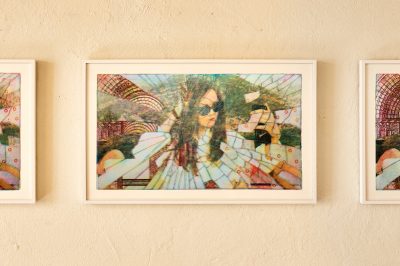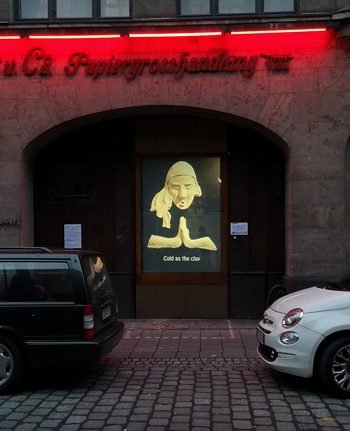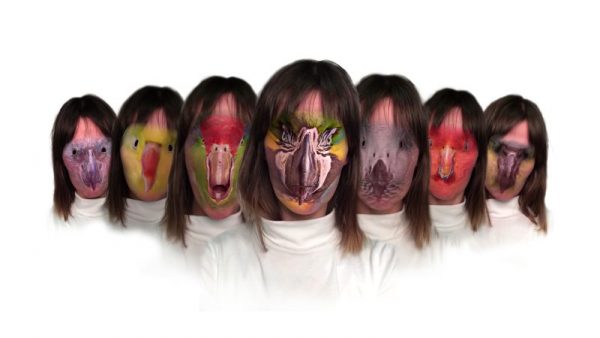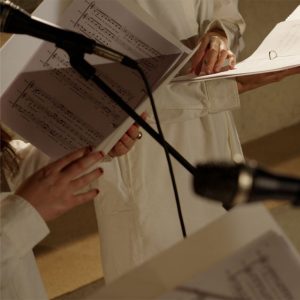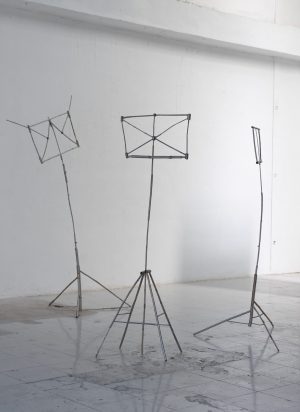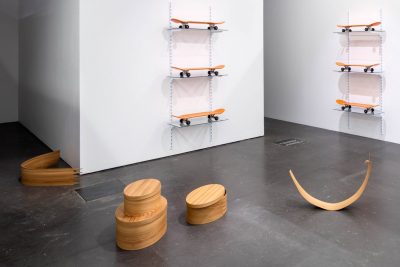coyote, Eau Pernice, Simon Mielke, Bertha Wegmann & Emma Grubb | June – July 2024 | saaalt cph
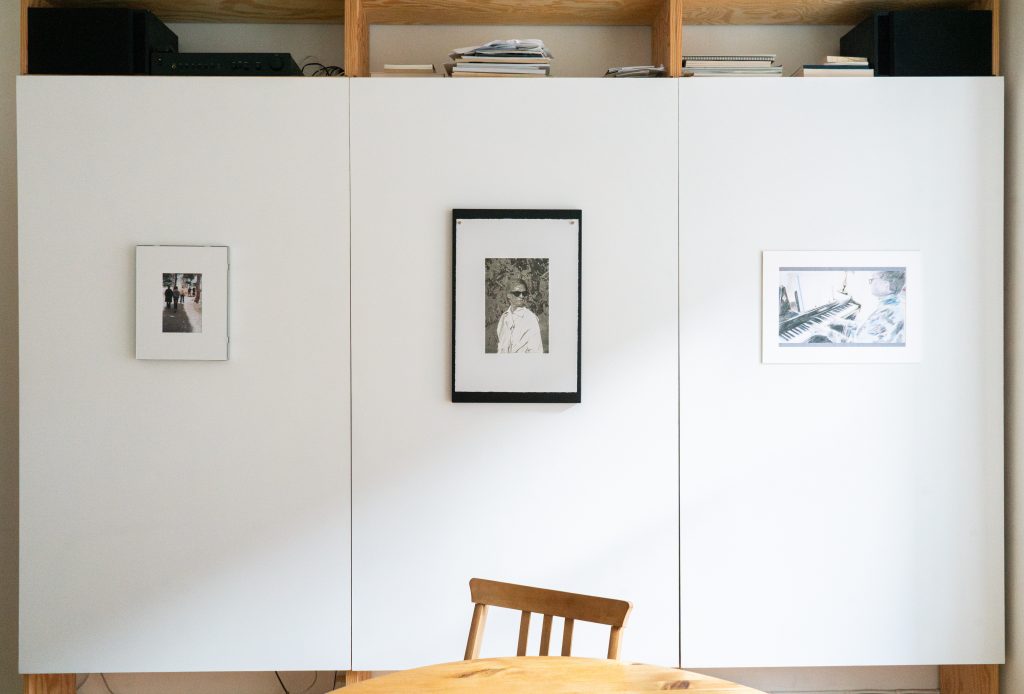
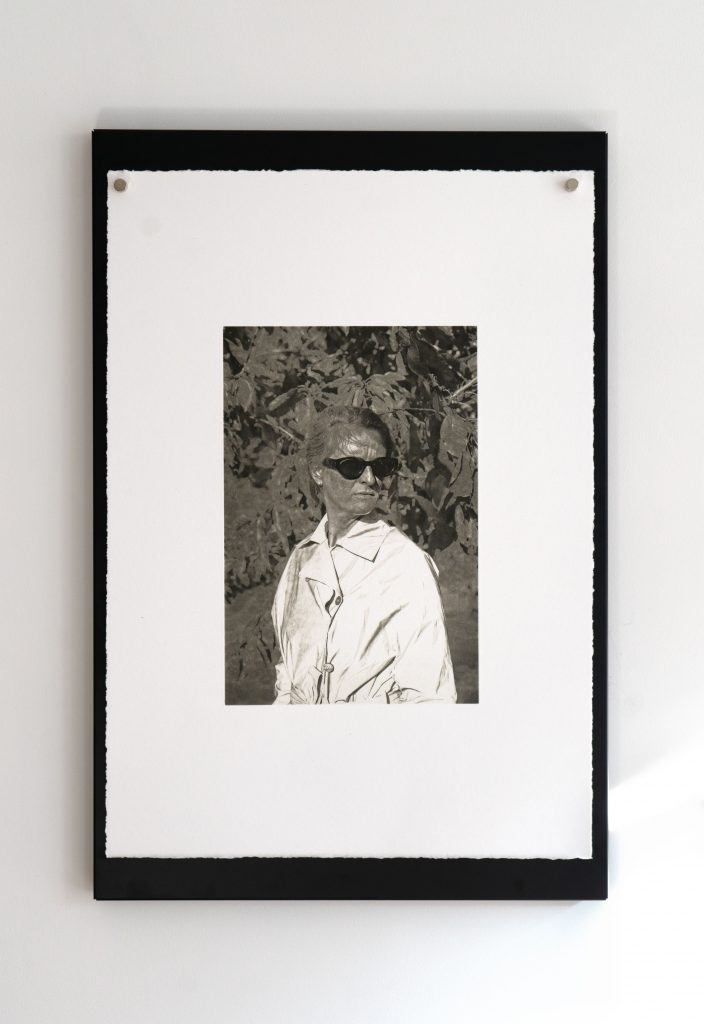
A Character Study, 2024
photopolymer print, notice board, magnets
41,5 x 14,7 x 3,5 cm
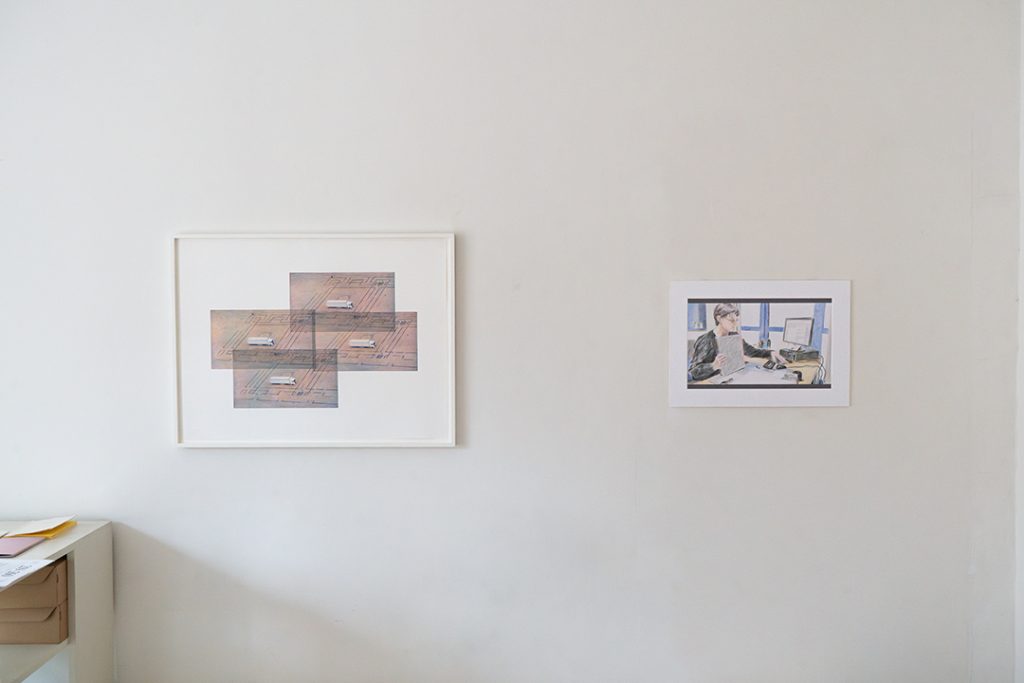
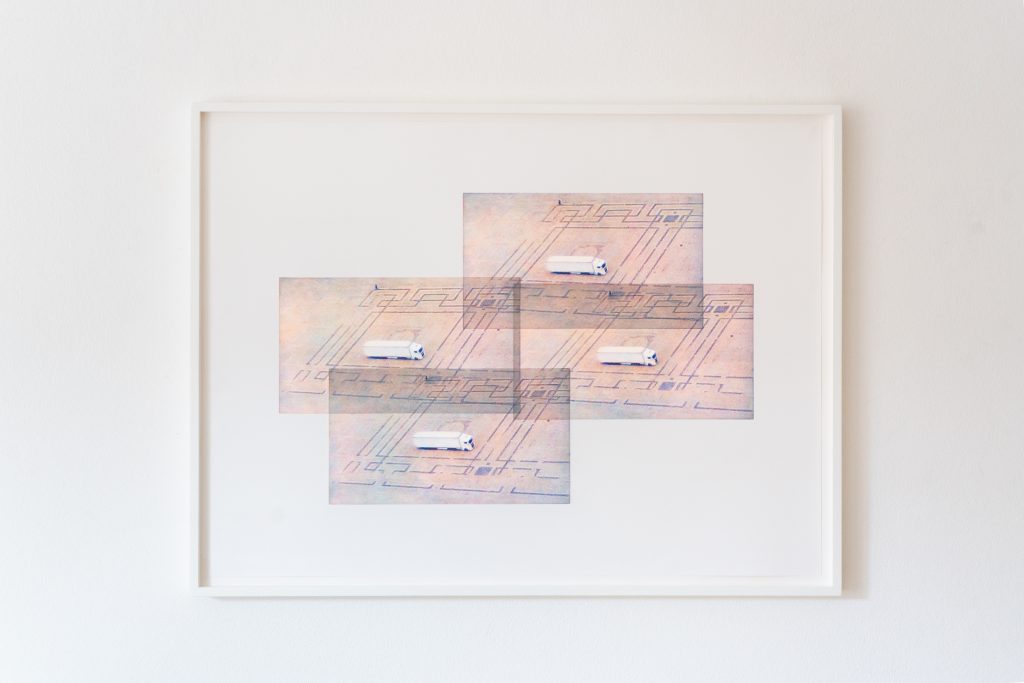
Mighty Empire, Hidden, 2019
4-color photopolymer print, displaced 4 times
53 x 73 cm
Notes on Pt. III
Whether you follow the route from image to its surroundings, or vice versa, the frame is always first,
an entrance, the point where something else begins.
I spy with my little eye something beginning with g. Is it a tree?
A metaphor works best if it has literal inaccuracies. Someone has to tell me if I’m mistaken, or how
else would I know?
Photography is documentation through direct observation. The photographer is subject to the
conditions of the site.
The litmus test of representation in the West is the human body. Guston’s noseless heads become
nose-ness.
E45. I can’t help but wonder: What is in the back of the truck this time?
In a photo, someone, say [name redacted] or [name redacted] – or any other visual occurrence – is
understood as information. Light turned grammar. A passage through a name rather than from a
name.
Irony with piano keys? g. e”. The specious triumph of optimism over fear.
Photographic printmaking offers another kind of depth, tactile and insightful.
How is it possible for an image to extend from surface to space and yet to remain on one plane?
The tree trunks bend to the wanderers. (Are these Bauchis and Philemon keeping on with their radical
hospitality?)
If logic is not also present in images, we fall back into the learnt ignorance they limit us to.
A depiction of something doesn’t have to be an example of its label to be true.
A portrait of a person or a group is seen as a depiction of something unique, one of a kind, whereas
that of an animal denotes something general, one of its kind.
Is this a piece of land or a stretched bed sheet?
Text by Clara Maria Blasius and Søren Rye
